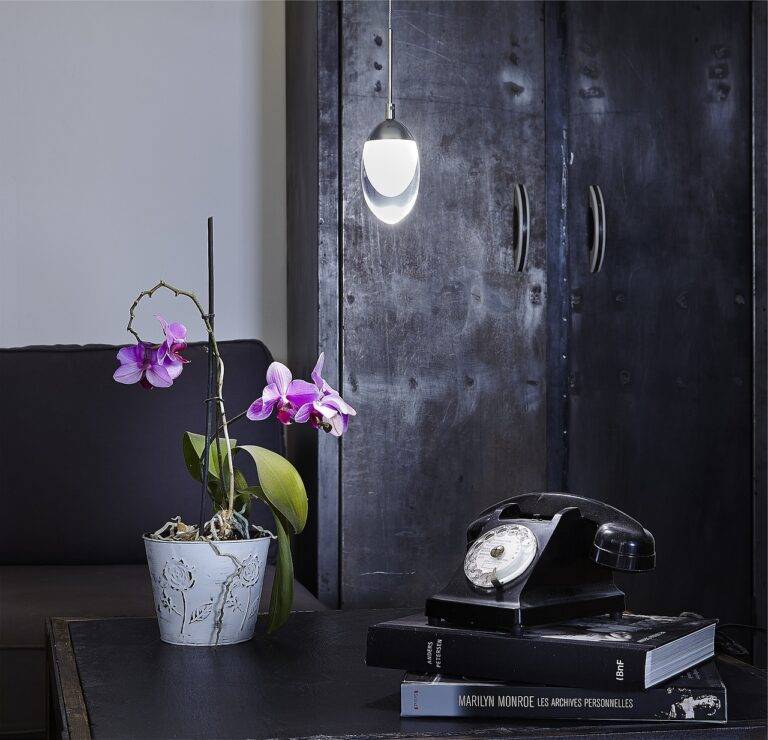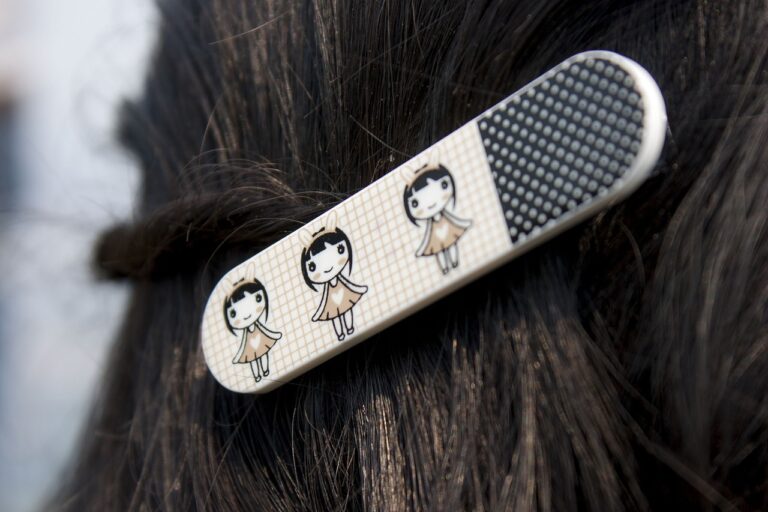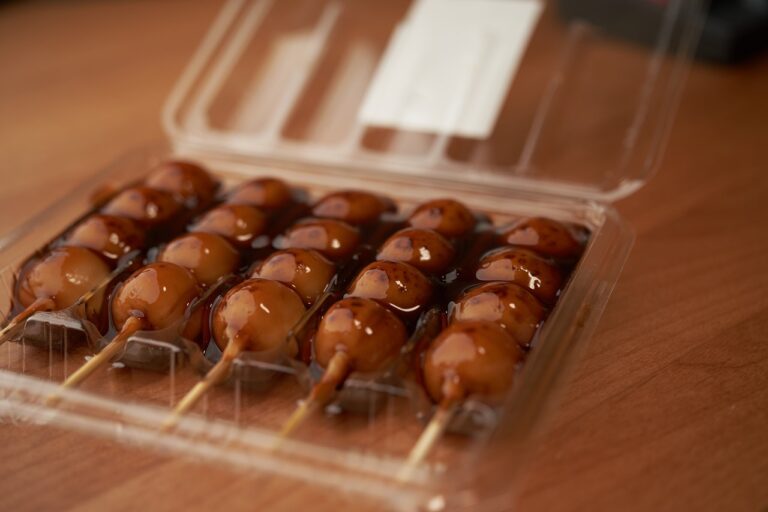Sustainable Water Conservation: Tips for Reducing Usage at Home
One effective way to decrease water consumption in your home is by fixing any leaky faucets or pipes promptly. Even a small drip can add up to significant water wastage over time. Regularly check all your plumbing fixtures and repair any leaks immediately to save water and reduce your utility bills.
Another simple yet impactful way to reduce water usage is by turning off the faucet while brushing your teeth or scrubbing dishes. Many people tend to leave the water running needlessly, which can waste gallons of water per day. By developing the habit of shutting off the tap when not in use, you can make a positive contribution to conserving water resources.
• Fix any leaky faucets or pipes promptly
• Regularly check all plumbing fixtures for leaks
• Repair leaks immediately to save water and reduce utility bills
• Turn off the faucet while brushing teeth or scrubbing dishes
• Avoid leaving the water running needlessly
• Develop a habit of shutting off the tap when not in use
Assessing Water Waste in Your Household
Water waste in households can often go unnoticed, leading to higher water bills and unnecessary strain on local resources. One common way to assess water waste is by checking for leaking faucets and pipes. Even a small drip can add up to significant water loss over time. Another area to examine is your toilet – a running toilet can waste hundreds of gallons of water per day without you even realizing it. Conduct a simple dye test by placing food coloring in the tank and see if any of it seeps into the bowl without flushing.
Additionally, taking note of your daily water usage habits can provide valuable insights into where water is being needlessly wasted. Are you leaving the tap running while brushing your teeth or washing dishes? Do you take excessively long showers? Identifying these habits can help you modify your behavior to conserve water more efficiently. Monitoring your water meter before and after a specific activity, such as laundry or watering the garden, can also reveal patterns of excessive water usage that can be addressed.
Implementing Water-Saving Fixtures and Appliances
When looking to reduce water consumption in your home, upgrading to water-saving fixtures and appliances can make a significant impact. Faucet aerators and low-flow showerheads are simple yet effective investments that can decrease water usage without compromising water pressure. By installing these fixtures in key areas of your home, such as bathrooms and kitchens, you can achieve noticeable savings on your water bill each month.
In addition to fixtures, consider replacing old appliances with water-efficient models. Energy Star-rated dishwashers and washing machines are designed to use less water while still providing optimal performance. These upgrades not only contribute to water conservation efforts but also help save on energy costs in the long run. By making these changes in your household, you can actively contribute to a more sustainable water usage lifestyle.
How can I reduce water usage in my home?
There are several ways to reduce water usage in your home, such as fixing leaks promptly, taking shorter showers, turning off the tap while brushing your teeth, and upgrading to water-saving fixtures and appliances.
How can I assess water waste in my household?
You can assess water waste in your household by monitoring your water bill for any sudden increases, checking for leaks in toilets and faucets, and being mindful of your water usage habits.
What are some examples of water-saving fixtures and appliances that I can implement in my home?
Some examples of water-saving fixtures and appliances include low-flow showerheads, dual-flush toilets, aerators for faucets, and energy-efficient dishwashers and washing machines.







